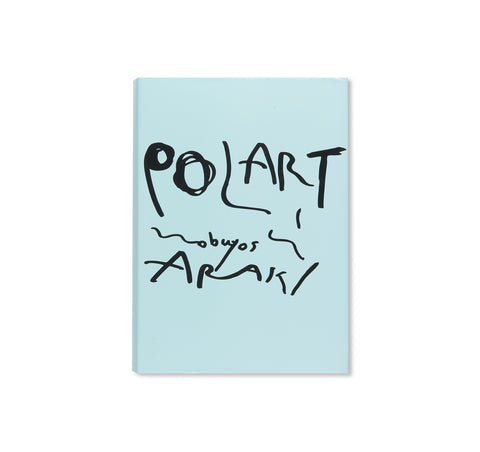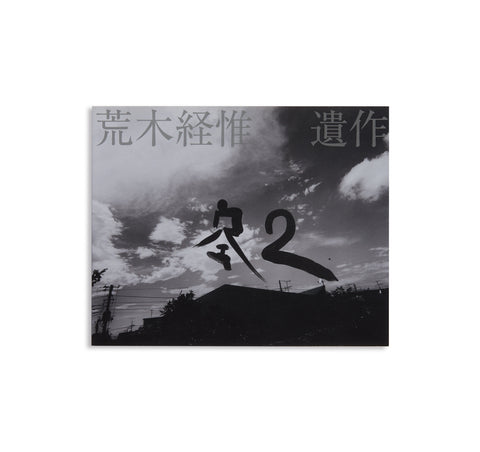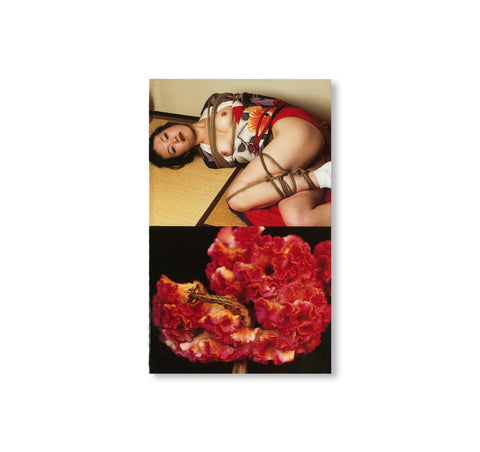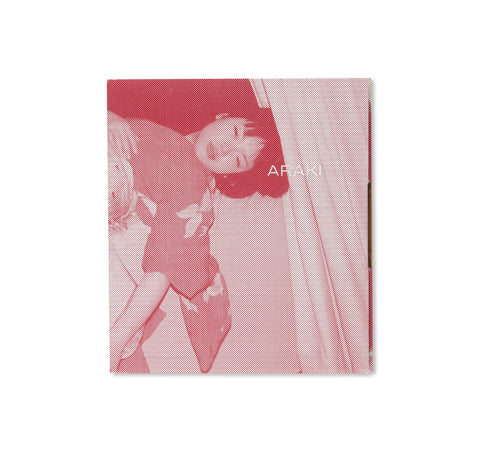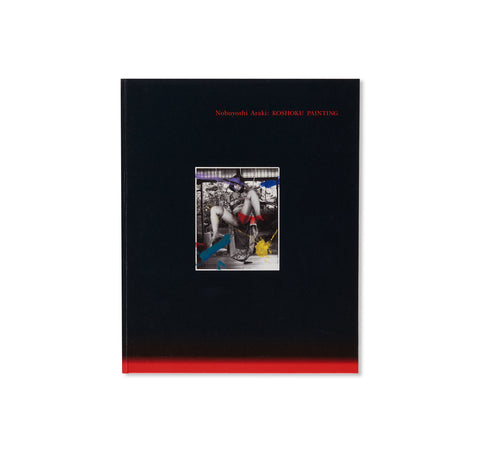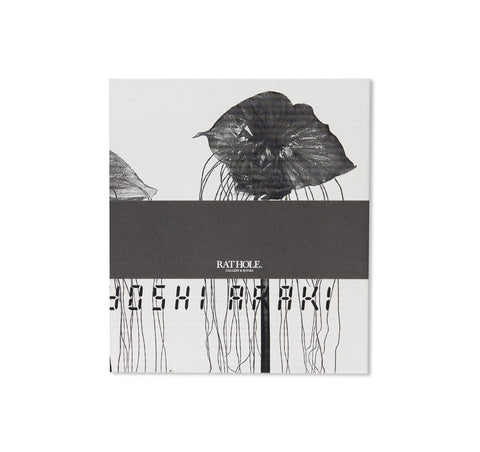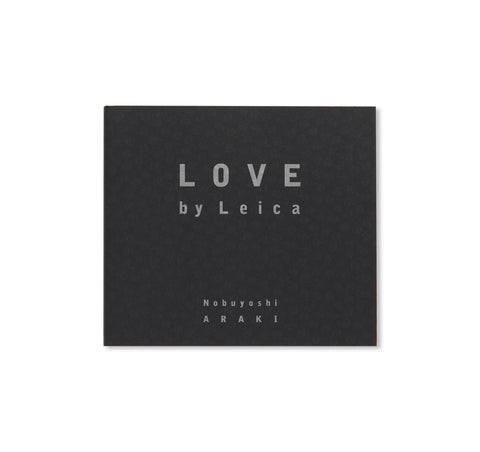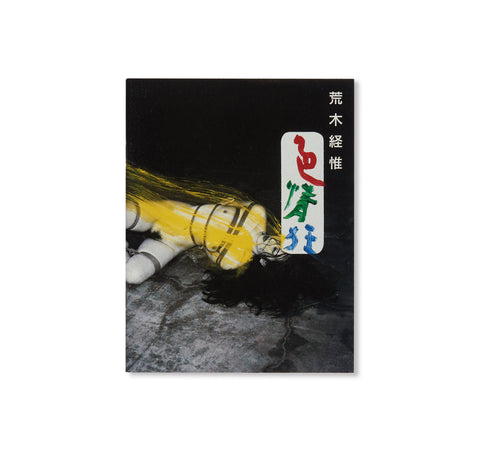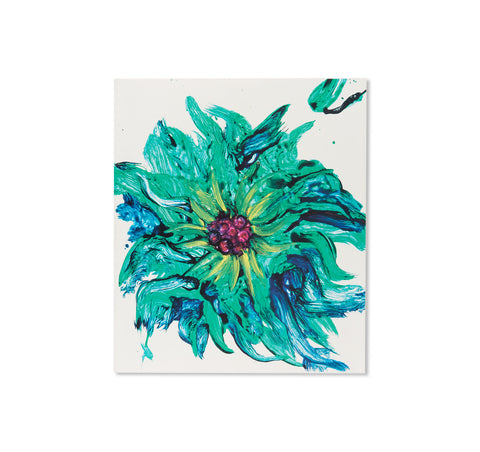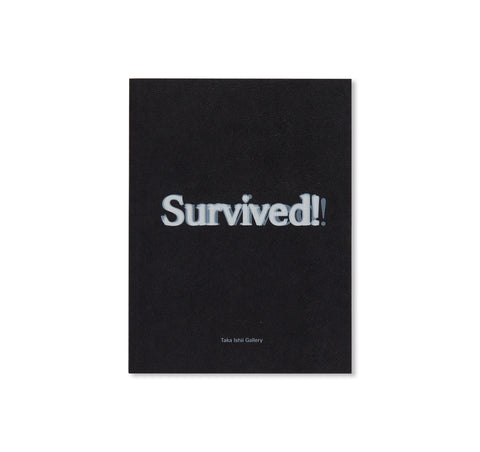ネガエロポリス 右眼墓地 / NEGAEROPOLIS UGANBOCHI by Nobuyoshi Araki
日本人写真家、荒木経惟の作品集。2015年にラットホールギャラリーで開催された展覧会「ネガエロポリス 右眼墓地」に伴い刊行された。
以下プレスリリースより抜粋
ラットホールギャラリーでは2015年9月26日(土)より10月27日(火)まで、
荒木経惟展「ネガエロポリス 右眼墓地」を開催いたします。当ギャラリーで10回目の荒木展となる本展では、カラーとモノクロの新作約70点を展示いたします。
本展では2つの新作シリーズ、「ネガエロポリス」と「右眼墓地(うがんぼち)」が発表されます。「ネガエロポリス」は、都市やヌード、花や人形などを撮影したネガフィルムを、ポジ(陽画)に反転させることなく印画紙に焼き付けたカラー写真のシリーズです。明暗と色彩が反転したネガ(陰画)の状態のままのイメージは、色鮮やかながらも、どこか翳りを感じさせます。「ポジとネガは、生きることと死ぬことと同じようなもの」と荒木が言うように、「ネガエロポリス」には陰陽、生死といった表裏一体なものへの荒木の強い意識と彼の死生観を見てとることができます。
「右眼墓地」は、墓地を中心とする東京の街を、レンズを叩き割ったカメラで撮影したモノクロ写真のシリーズです。叩き割られたレンズ越しに写されたイメージは、此岸から彼岸を眺めるようにも、また、視力をほぼ失った荒木の右眼の視界を再現しているようにも見えます。本シリーズの写真にはすべて、終戦記念日の日付が焼き込まれており、戦後70年を迎えた東京の来し方行く末へ思いを馳せる荒木の姿を感じさせるとともに、都市が死に向かっているように感じるという現在の荒木の心境が映し出されています。
「近頃、街が墓場のように感じる」という荒木の両シリーズからは、荒木が写す対象に象徴されるエロスこそが、荒木にとっての都市(=メガポリス)であることを窺い知ることができます。
※本書はデッドストック書籍のため、経年劣化による変色やダメージがございます。あらかじめご了承ください。
Official Press Release:
Rat Hole Gallery is pleased to present an exhibition of new work by Nobuyoshi Araki on view from September 26 until October 27, 2015. The exhibition, which marks Araki’s tenth solo show at Rat Hole Gallery, will present roughly 70 photographs from two new series: Negaeropolis and Uganbochi.
Negaeropolis is a series of color photographs featuring subjects consistently found in Araki’s work: nudes, flowers, dolls, and the streets of Tokyo, among other scenes from the artist’s everyday life. In this new body of work, Araki has made photographs of images exactly as they appear on the film negatives. The inverted images, with their complementary hues and orange mask characteristic of negative film, appear simultaneously vibrant and yet somber, expressing how the two sides of film- positive and negative- are inextricably linked together, serving as a metaphor for yin and yang and Araki’s own personal view of life and death.
Composed of the Japanese characters for “Right Eye” (Ugan) and “Cemetery” (Bochi), the series Uganbochi features scenes of Tokyo, primarily of a cemetery in the city, photographed in black and white with a partially cracked lens shattered intentionally by the artist. The resulting images, blurry in the center but relatively in focus on the periphery, are analogous to the vision from Araki’s right eye, which has disappeared almost completely due to an obstructed retinal artery since the end of 2013. The works also appear to express a view from the “this world” (Sagan) to “the other world” (Higan) based on the Buddhist idea of enlightenment that is also a theme often found in the artist’s work. All of the photographs in the Uganbochi series are imprinted with the date of August 15, referring to the day marking the end of World War II seventy years ago, and revealing Araki’s emotions towards post-war Japan and how urban cities such as Tokyo are becoming increasingly symbolic of a graveyard.
As the title of the exhibition- a combination of the words “(film) negative” “eros” “metropolis”- suggests, Araki’s latest work both playfully and austerely addresses his personal relationship to his beloved native city, the metropolis of Tokyo.
※Please note that there is visible damage and discoloration due to age.
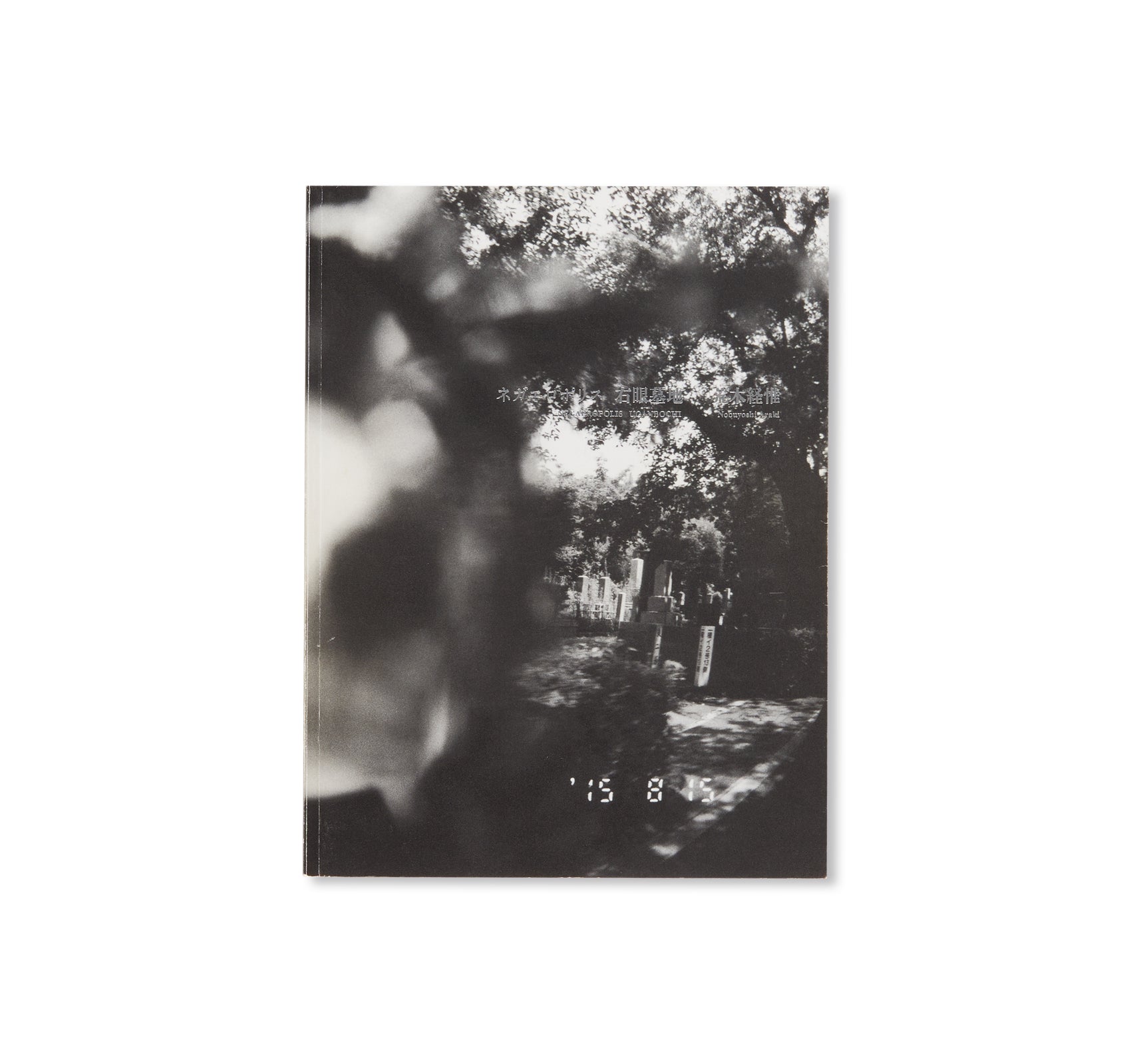
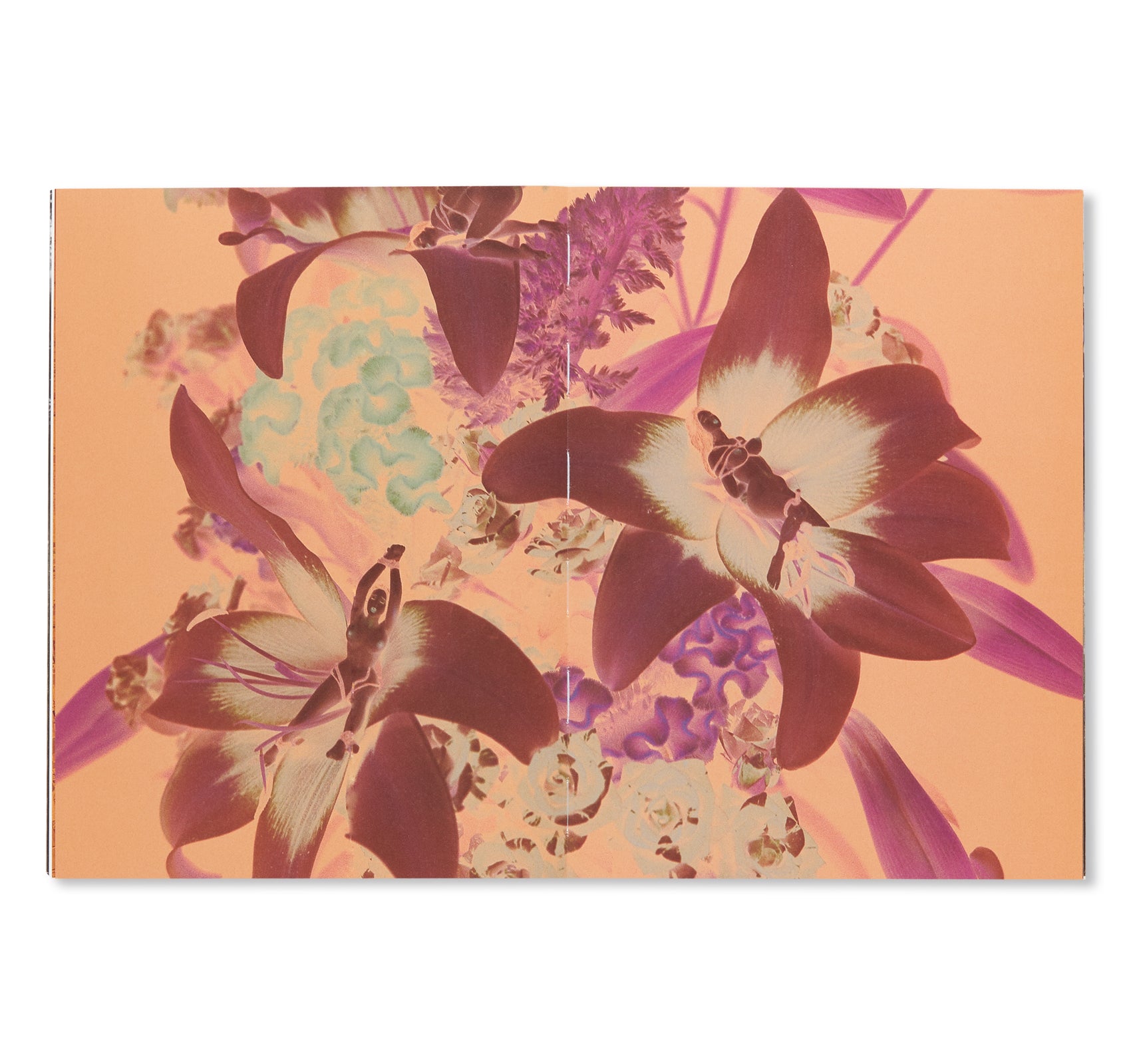
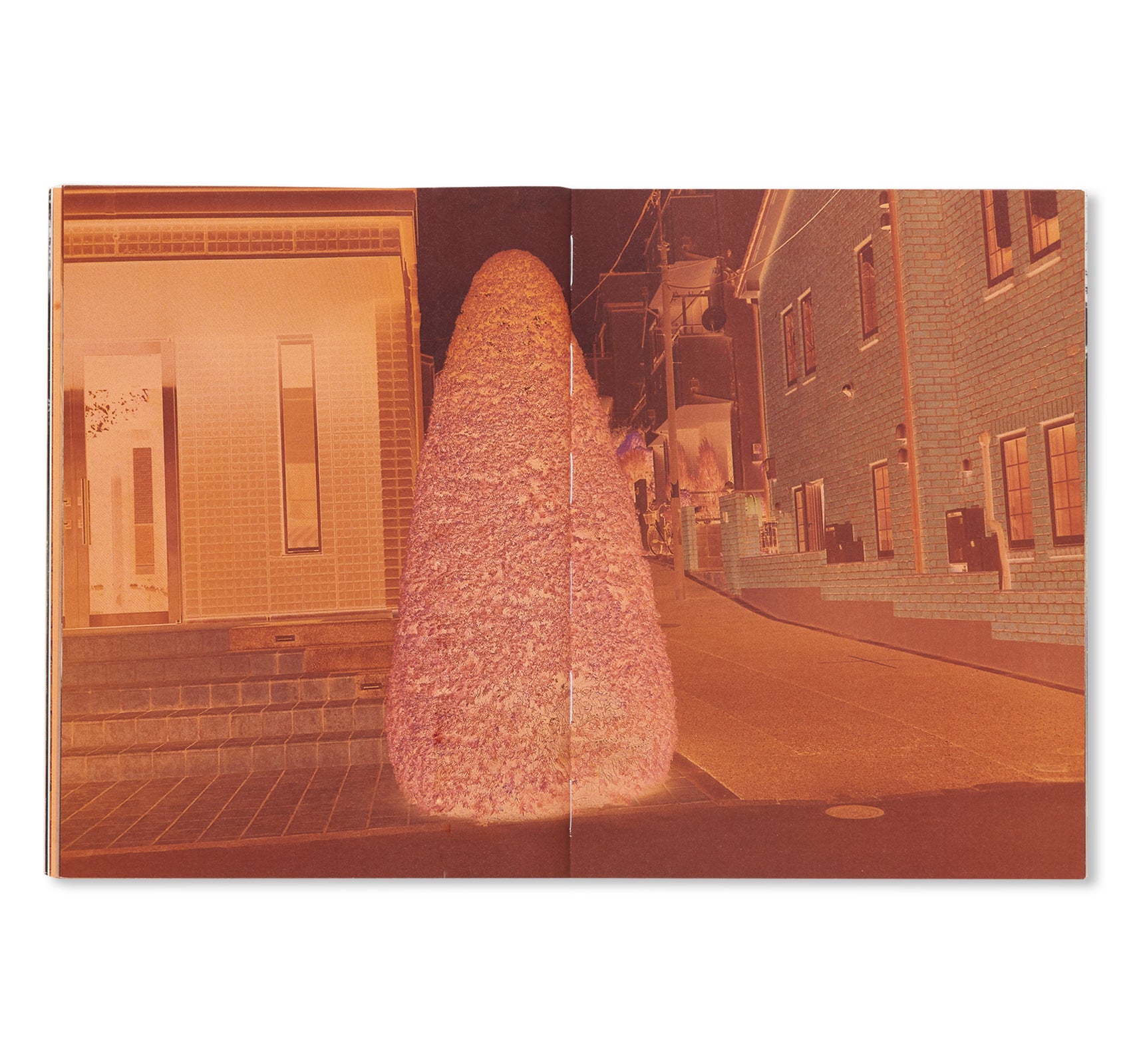
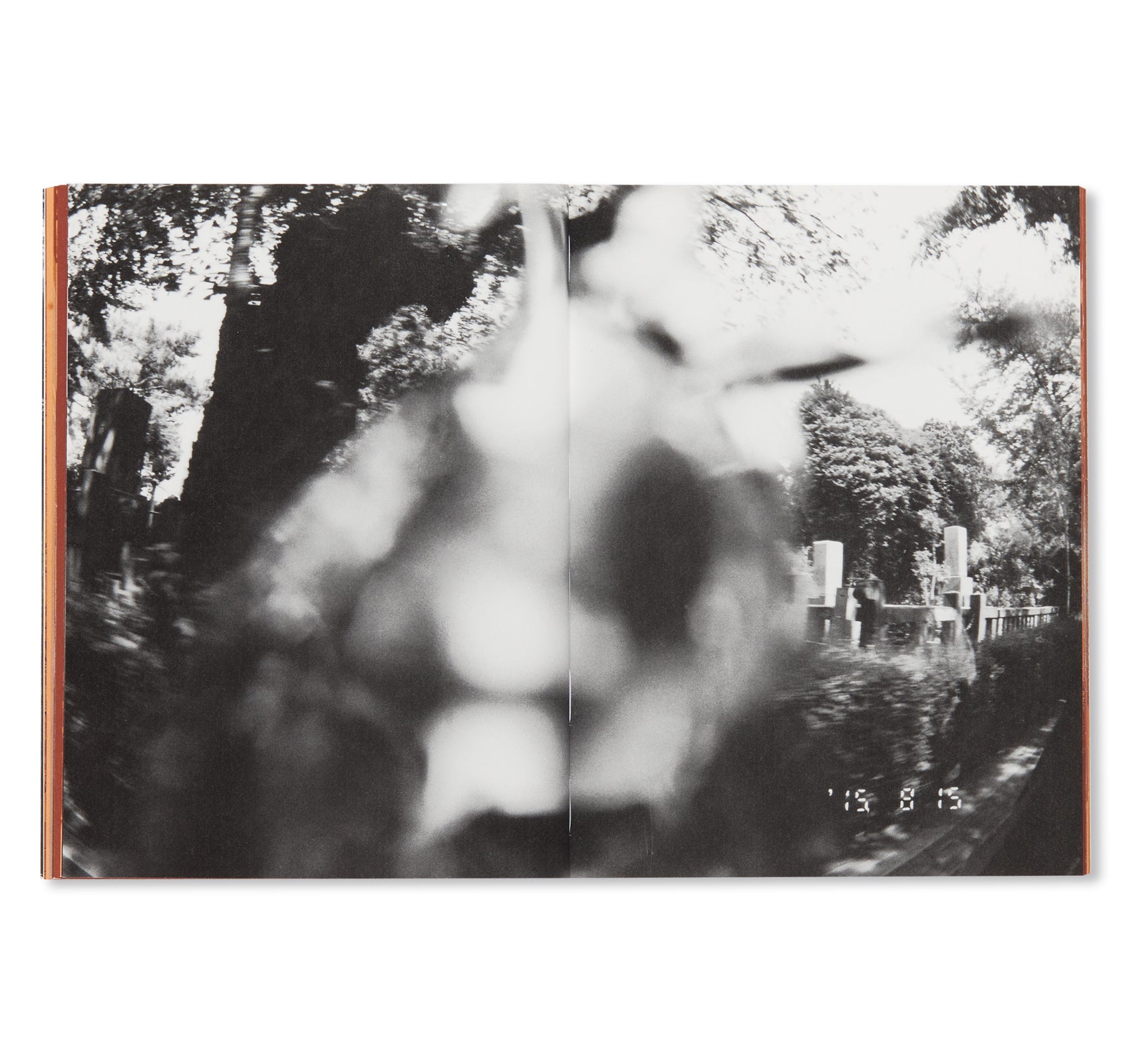
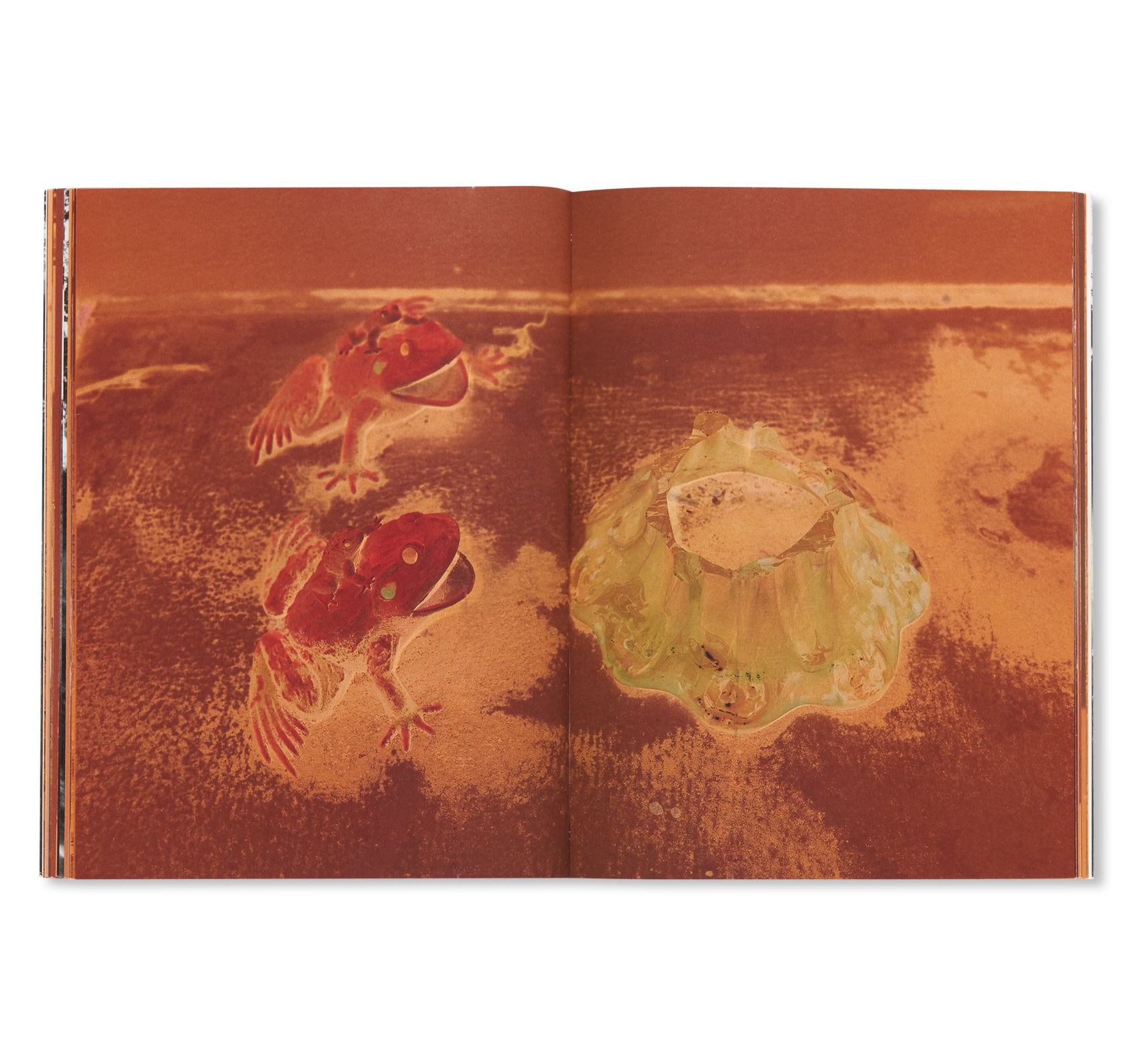
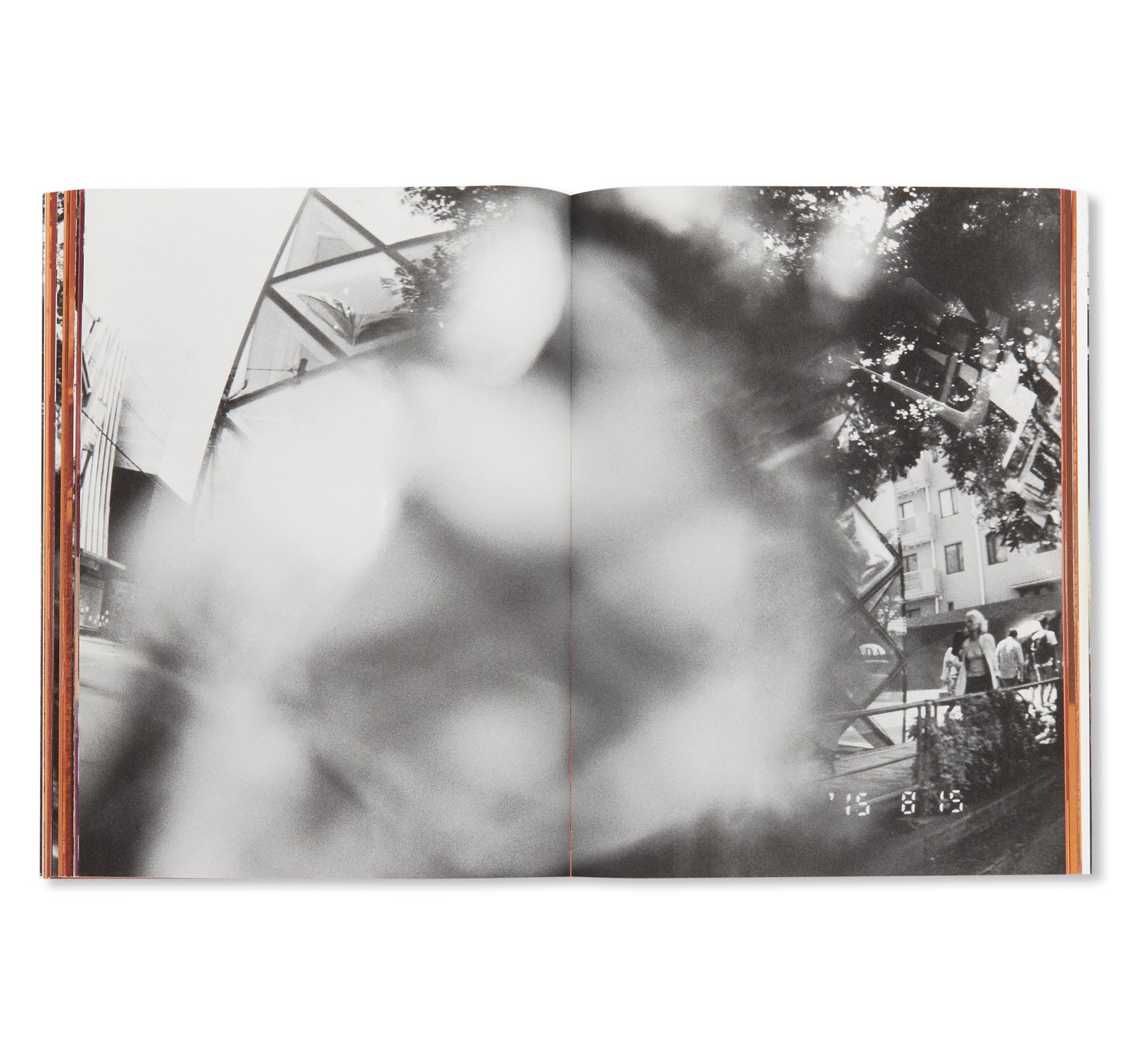
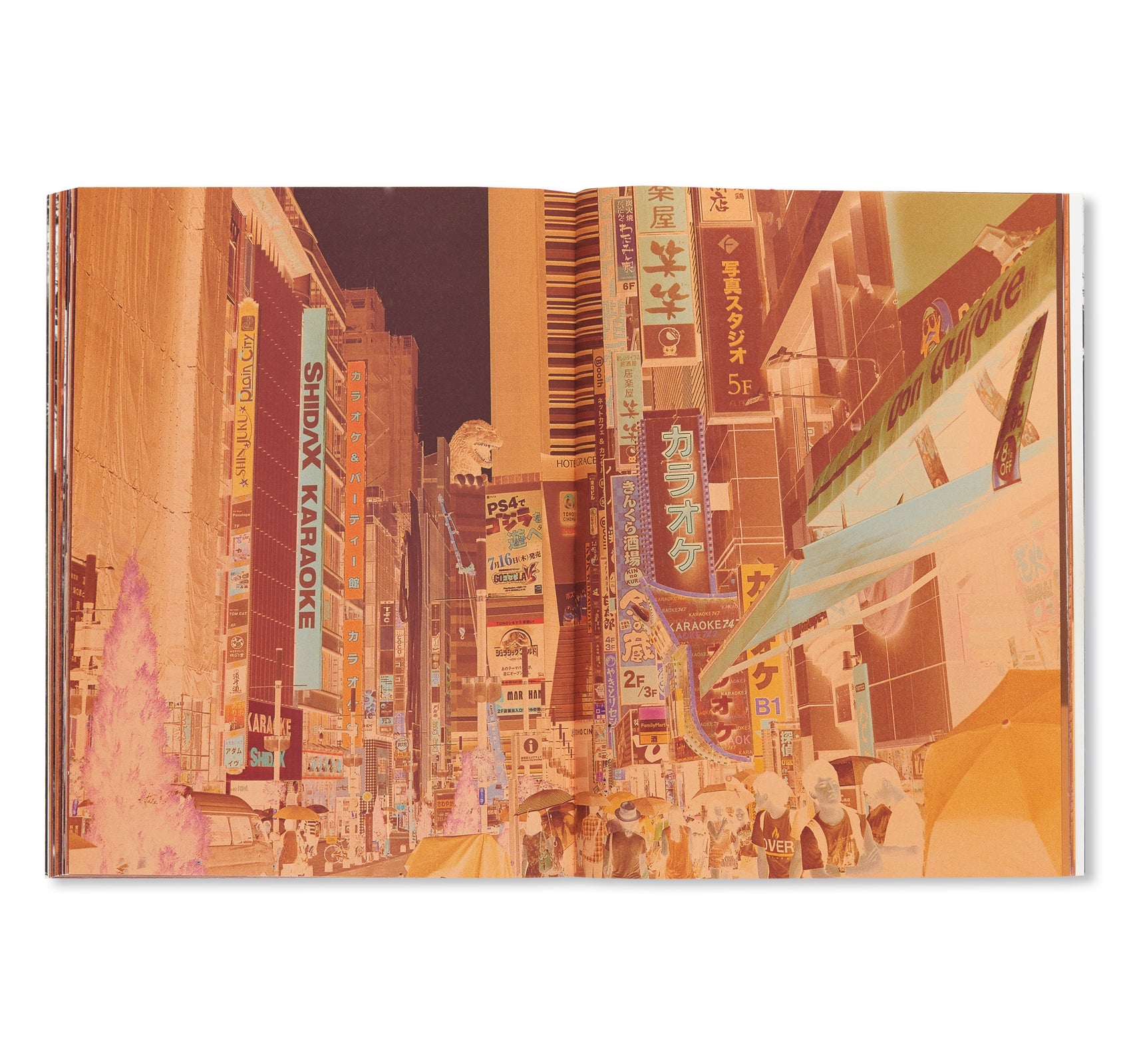
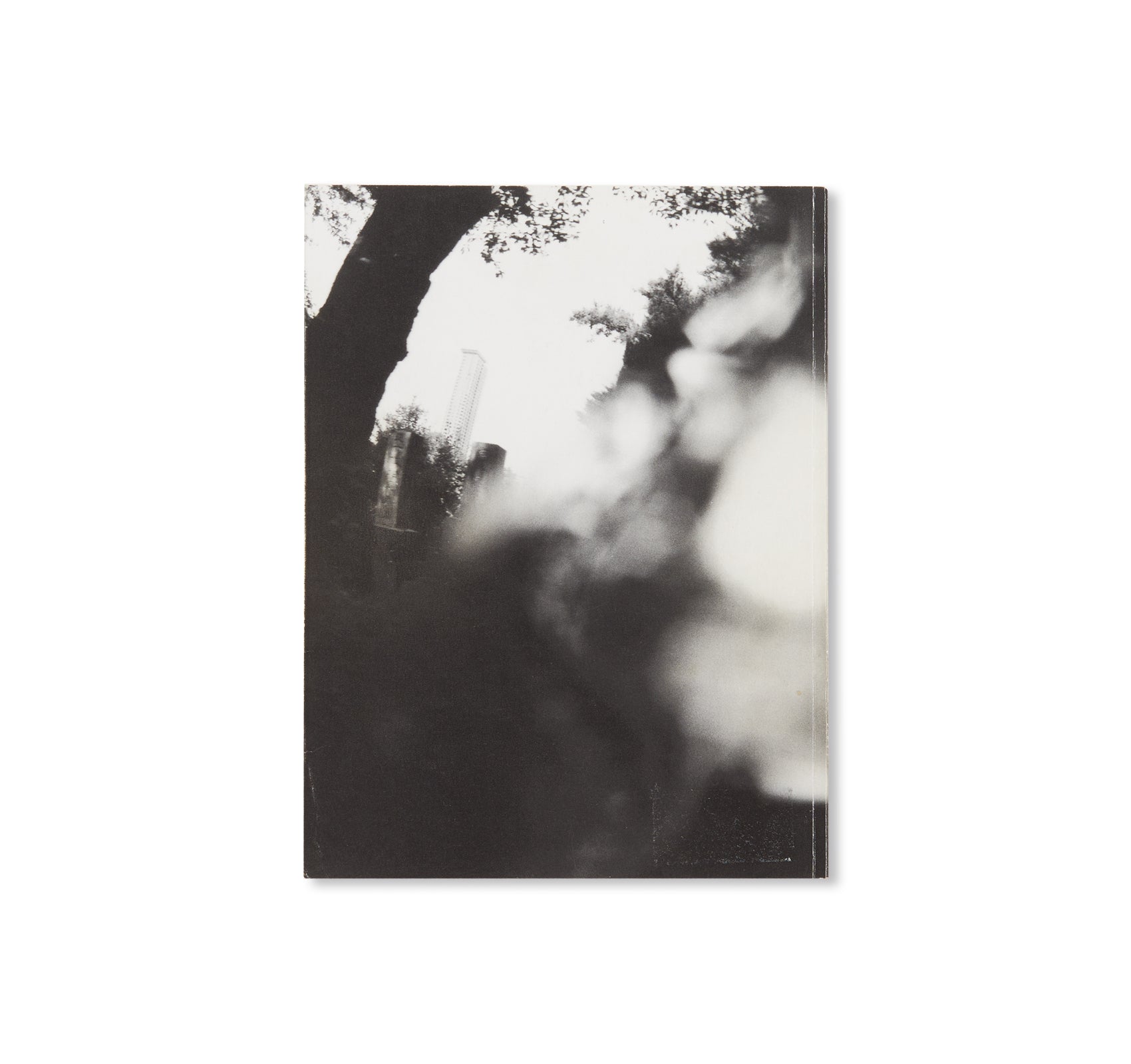
![BLUE PERIOD / LAST SUMMER : ARAKINEMA 青ノ時代/去年ノ夏:アラキネマ by Nobuyoshi Araki [JAPAN EDITION]](http://twelve-books.com/cdn/shop/products/180118_5138_large.jpg?v=1571703962)
![BLUE PERIOD / LAST SUMMER : ARAKINEMA / 青ノ時代/去年ノ夏:アラキネマ by Nobuyoshi Araki [US EDITION]](http://twelve-books.com/cdn/shop/products/180118_5127_large.jpg?v=1571703962)
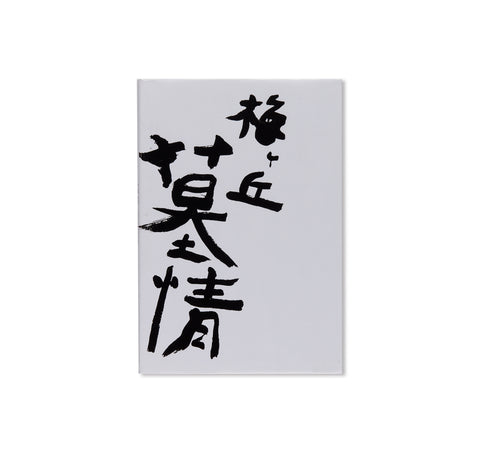
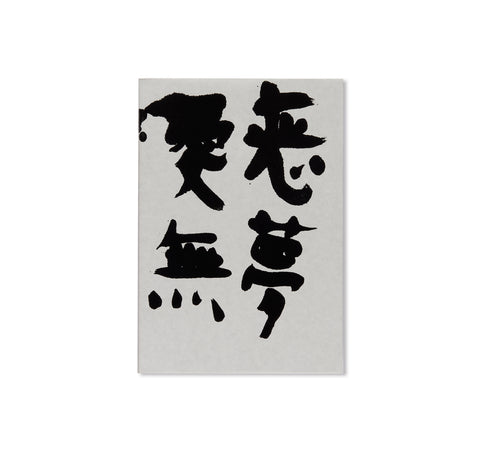
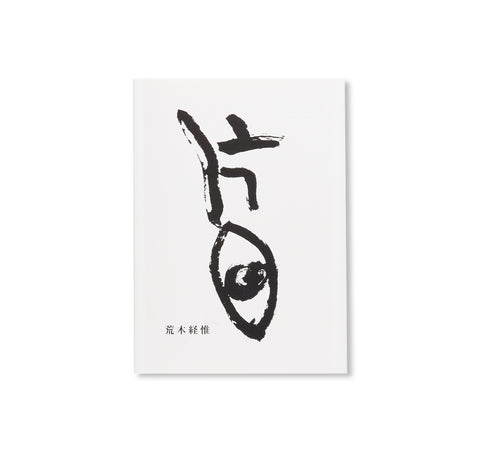
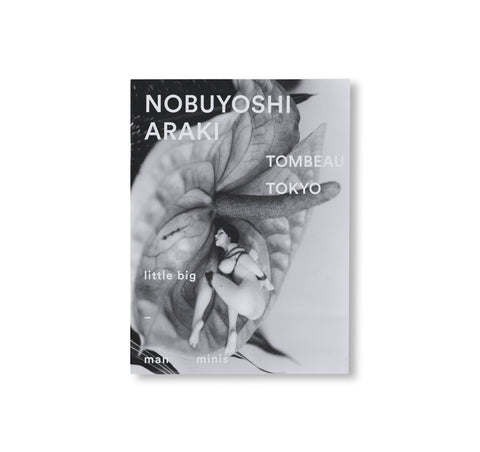
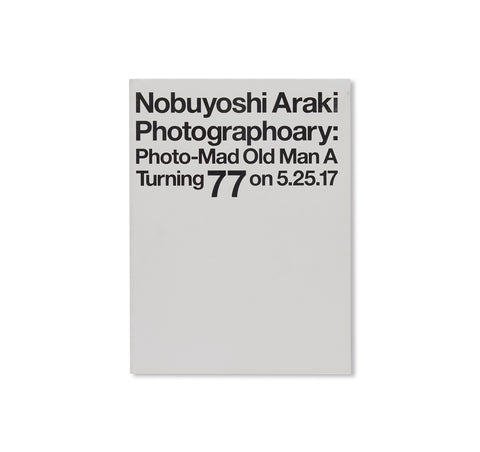
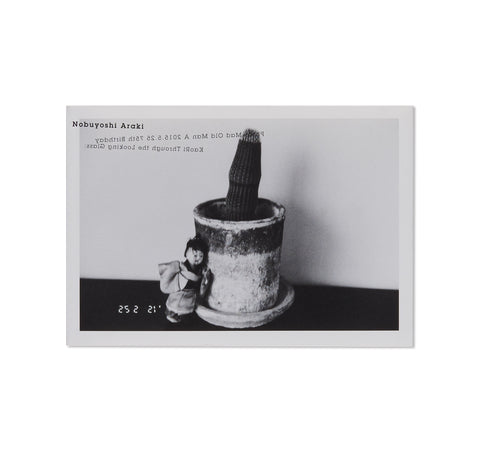
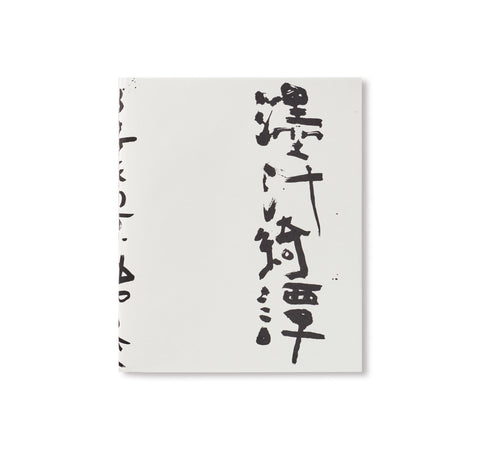
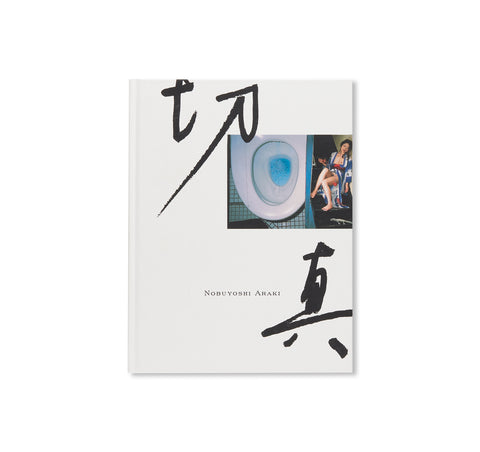
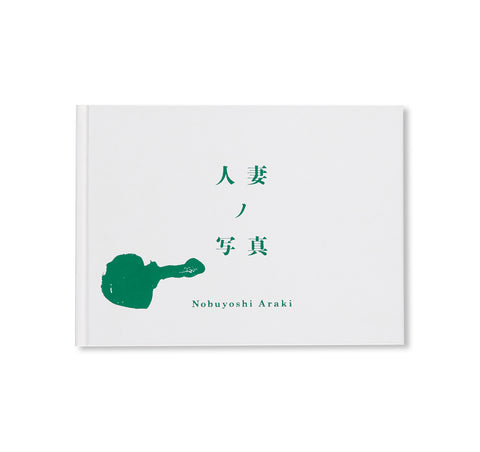
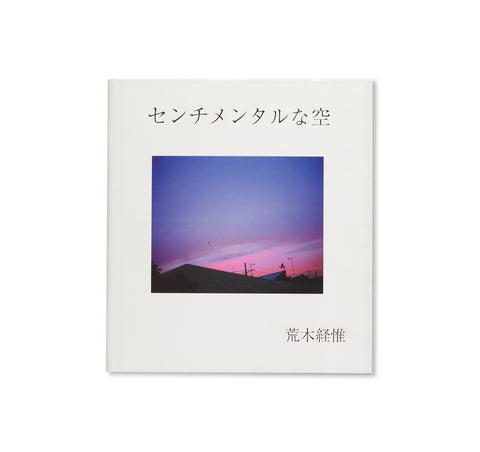
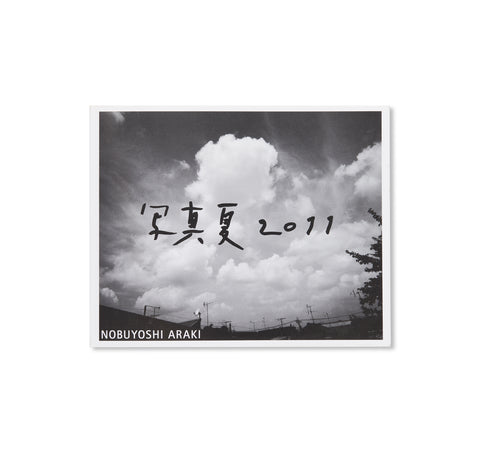
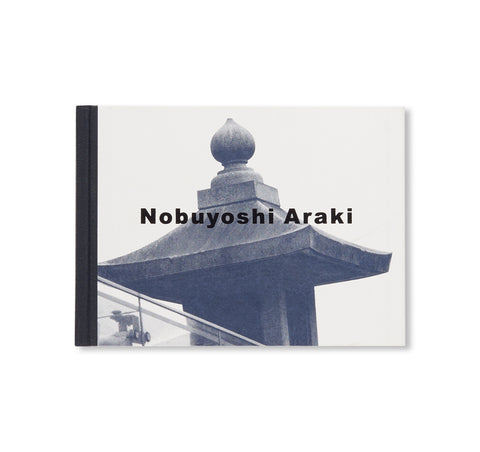
![楽園 / RAKUEN by Nobuyoshi Araki [SIGNED]](http://twelve-books.com/cdn/shop/products/2105142825_large.jpg?v=1621312643)
